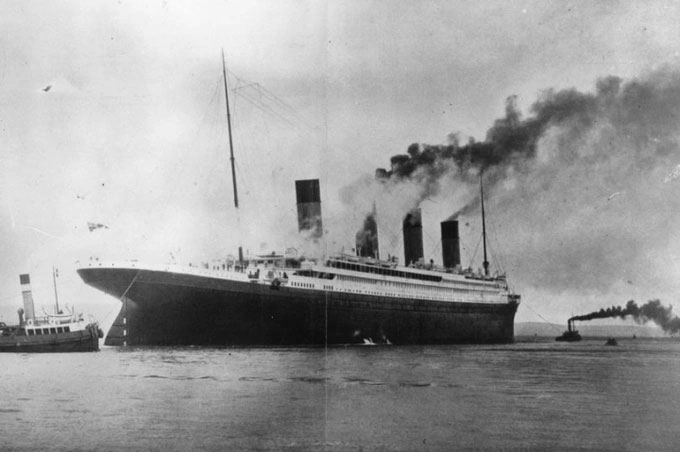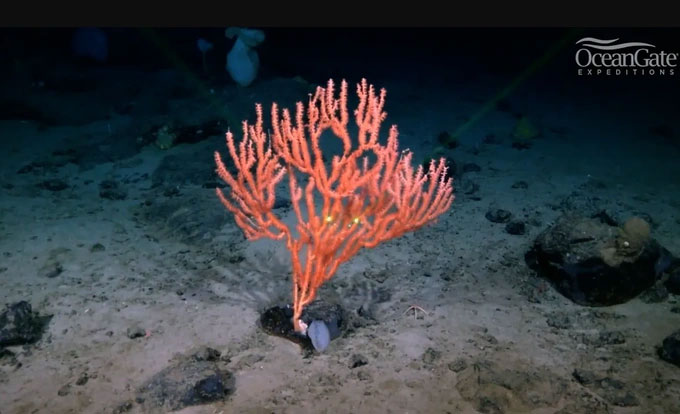Mysterious Light Spot Identified on Sonar Scans of Titanic Wreck in 1998.
Recently, the OceanGate Expeditions mission, involving deep-sea explorers and scientists, sent crews to dive to a depth of 2,900 meters in the North Atlantic. Their destination was to explore the waters where the famous Titanic wreck, which sank in 1912, lies.

In 1912, the Titanic sank after hitting an iceberg. (Photo: Getty Images).
The mission uncovered a previously unknown and thriving ecosystem surrounding the wreck, consisting of sponges, corals, lobsters, and various fish species.
According to Dr. Steve W. Ross in a press release, this dense marine ecosystem is also responsible for creating a “light spot” on the sonar, first detected in 1998 near the legendary shipwreck.
At that time, many hypotheses were proposed for the mysterious “light spot”, but no one could definitively say what it was.

The mysterious “sonar light spot” discovered in 1998 at the Titanic wreck is due to the dense marine ecosystem formed. (Photo: Ocean Gate).
“We had no idea what created the light spot,” said veteran explorer PH. Nargeolet, who first discovered the light spot. “On sonar, it could be anything. It could even be another sunken ship.”
According to Dr. Ross, the research team had long sought the opportunity to explore this large object appearing on the sonar waves. However, it was only recently that they secured sufficient funding and necessary conditions to carry out the expedition.
In addition to recording a documentary, scientists also collected water samples from the wreck site to analyze DNA. This allows them to measure biodiversity levels in the coral reef and provides important information about how deep-sea organisms can survive, thrive, and disperse.


















































